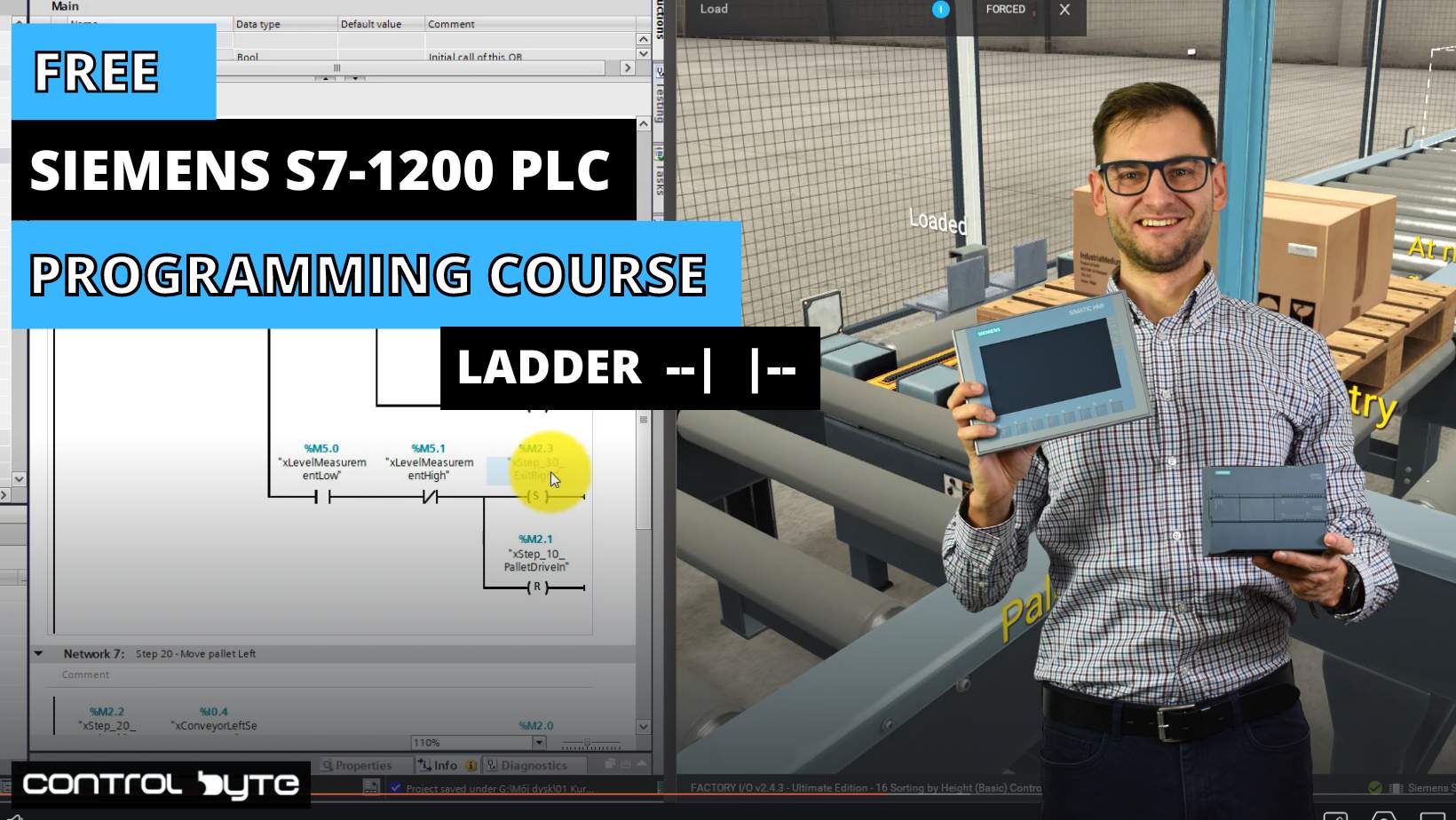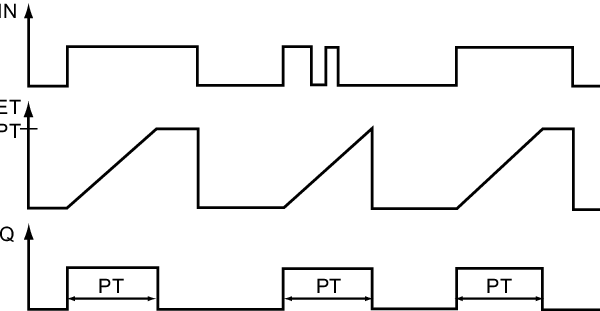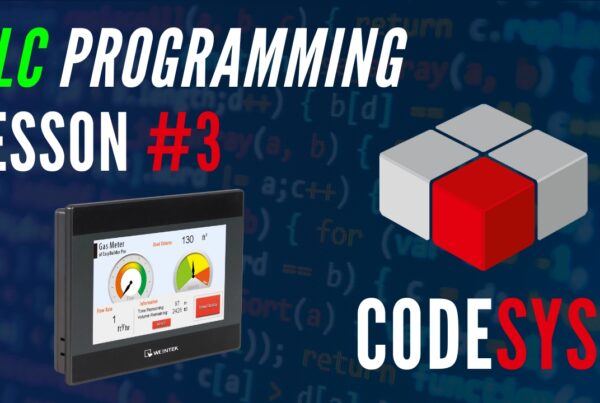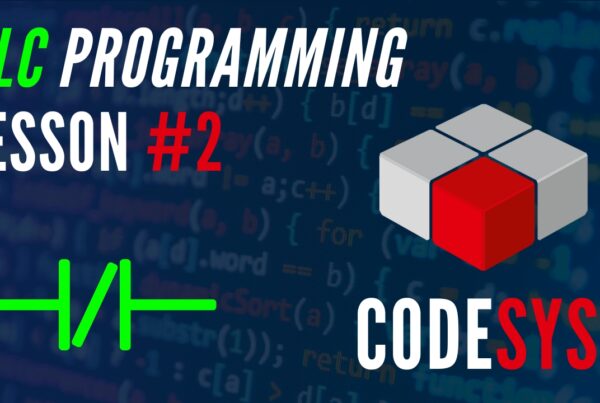Pneumatic system in PLC programming
In today’s industrial automation, pneumatic systems are a key tool for making repetitive tasks more efficient. Let me walk you through how a typical setup works, like the one shown here.
At the heart of it is a double-acting pneumatic cylinder, which moves in and out based on signals from a PLC or manual switch. To control this movement, we use a 5/2-way valve that directs air to the cylinder. This valve is controlled by an electromagnetic coil (Y1). When the coil is energized, it switches the valve’s position and controls the airflow to either extend or retract the cylinder. Sensors B1 and B2, placed near the cylinder, monitor its position and send feedback to the PLC, ensuring the system operates accurately. You can also manually start the system using a simple pushbutton (S1). Powered by a 24V DC supply, this kind of setup demonstrates how pneumatics and PLCs can work together to automate tasks with precision and ease.
In the second scenario the double-acting cylinder (E1) is controlled by the 5/3-way directional valve (Y1.1). This valve is operated by two solenoid coils, Y1.1 and Y1.2.
The three positions of the valve are:
- Retracted position: When solenoid Y1.2 is energized, air is directed to retract the cylinder.
- Middle position: In this position, the cylinder remains stationary because both sides are blocked or vented.
- Extended position: When solenoid Y1.1 is energized, air is directed to extend the cylinder.
Code with NC contact in Siemens TIA Portal
When working with Siemens PLC programming, mastering the NO (Normally Open), NC (Normally Closed) contact and coils is a game-changer for creating smart and reliable control systems. Let me break it down: in ladder logic programming, an NC contact is like a gate that’s usually closed, allowing signals to pass through as long as the input signal is 0 (FALSE). The moment that input changes to 1 (TRUE), the gate opens, cutting off the signal—super useful for stopping processes when something goes wrong or isn’t ideal. If you’re diving into Siemens PLC programming, NC contacts are an essential tool to have in your ladder logic toolkit!
Code with output latch in TIA Portal
In Siemens PLC programming, using an output latch is a powerful technique for maintaining control over a system’s state without needing constant input signals.
In the example shown, the code uses a latch to control the extension of a pneumatic actuator. Here’s how it works: when two input conditions, xStart (%I0.0) and xSelector_1 (%I0.2), are both true, the output xY2Extend_Y2 (%Q0.3) is latched, causing the actuator to extend.
What’s great about this is that the output stays active (keeps the actuator extended) even if the original input signals are no longer true. This is perfect for applications where the actuator needs to remain in a specific position, like holding a load or maintaining a machine state. The output will remain latched until another signal or condition resets it, making this a flexible and efficient way to control actuators in industrial automation. This technique ensures your system remains in the correct state without the need for continuous monitoring or input.




